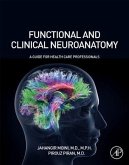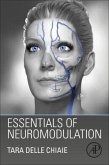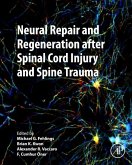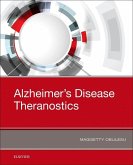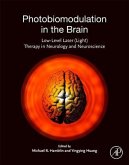**Selected for Doody’s Core Titles® 2024 in Neuroscience** MRI/DTI Atlas of the Human Brainstem in Transverse and Sagittal Planes presents a detailed view of the human brainstem in DTI/MRI. It is the first ever MRI or histological atlas to present detailed diagrams of sagittal views of the brainstem. Presenting data of unprecedented quality, images are juxtaposed with detailed diagrams in the transverse and sagittal planes. The atlas features a 50 micron resolution for the GRE and 200 microns for the FAC and DWI, 8000 times higher than that seen in a clinical MRI and 1000 times higher than that seen in a clinical DTI scan, all based on one brain. This atlas is important for neuroscientists, neurosurgeons, pathologists, anatomists, neurophysiologists, radiologists, radiotherapists (e.g., for cyberknife guidance), and graduate students in neuroscience.
Bitte wählen Sie Ihr Anliegen aus.
Rechnungen
Retourenschein anfordern
Bestellstatus
Storno


